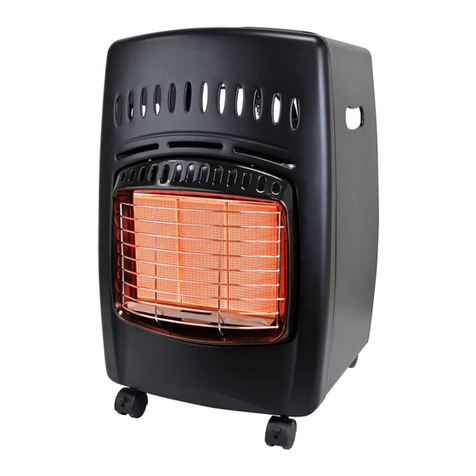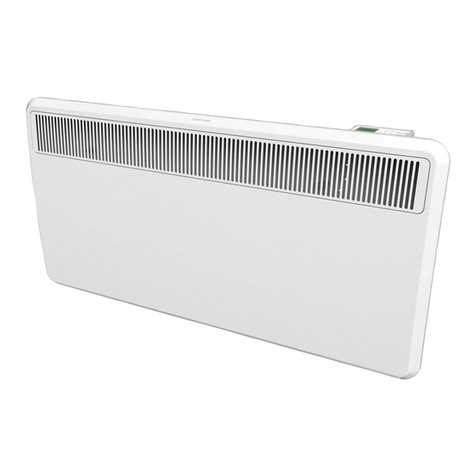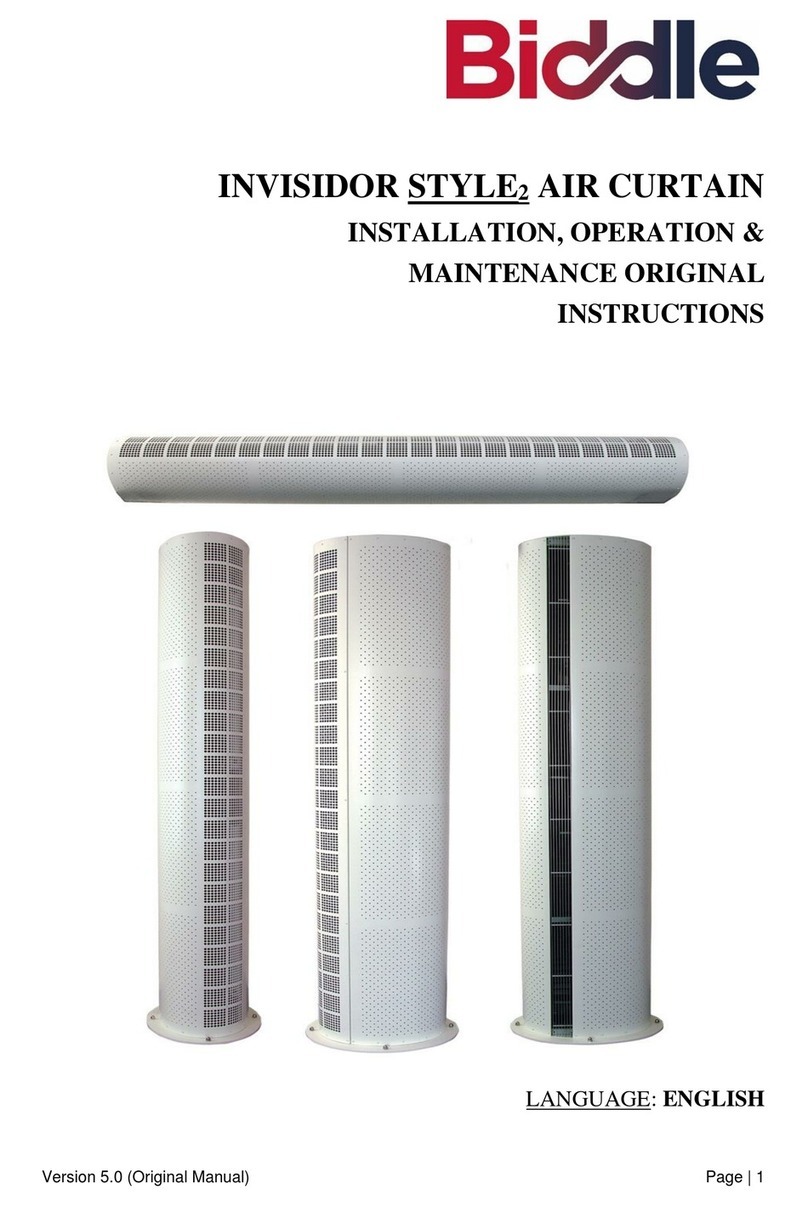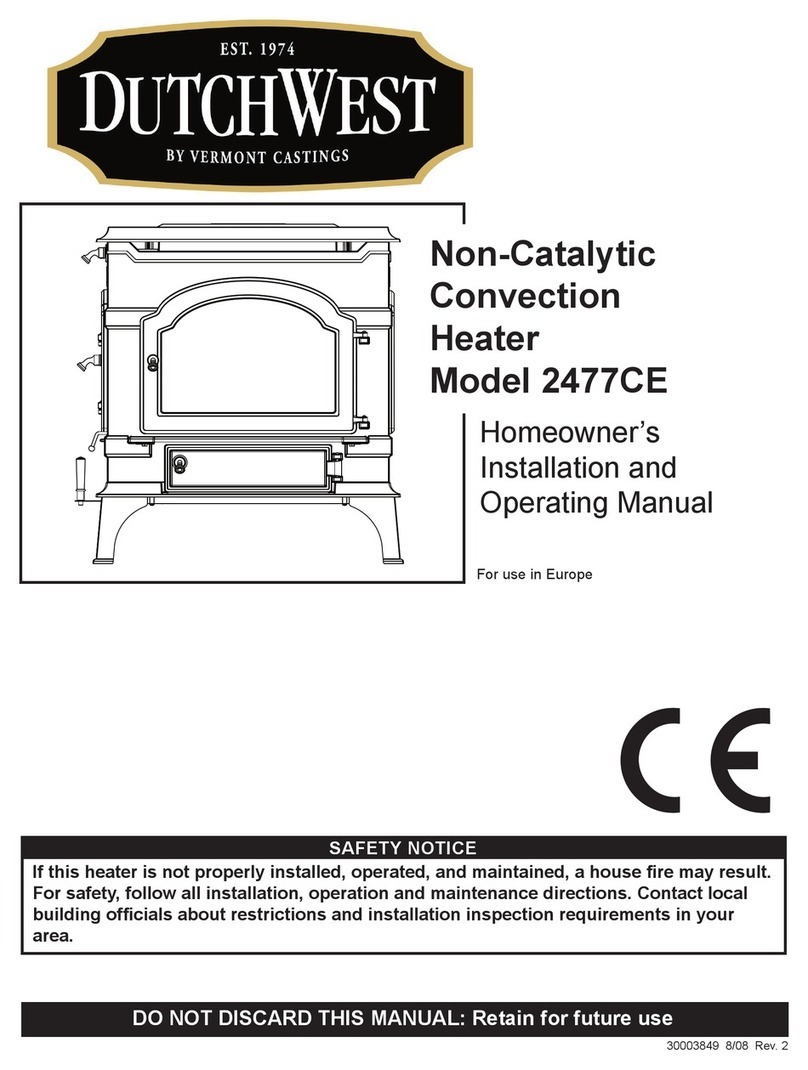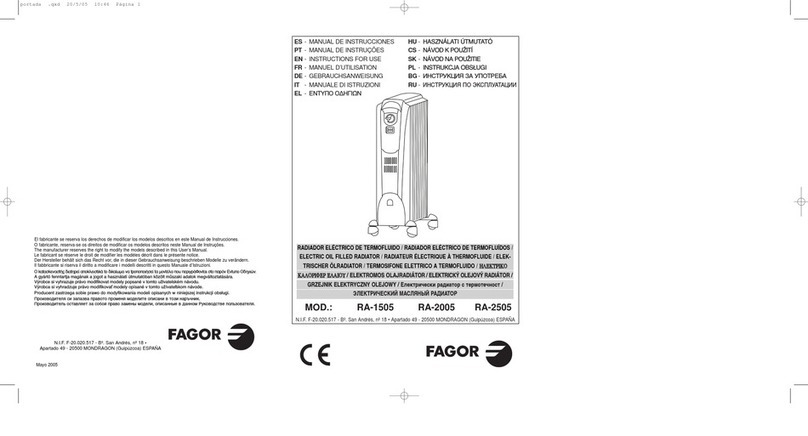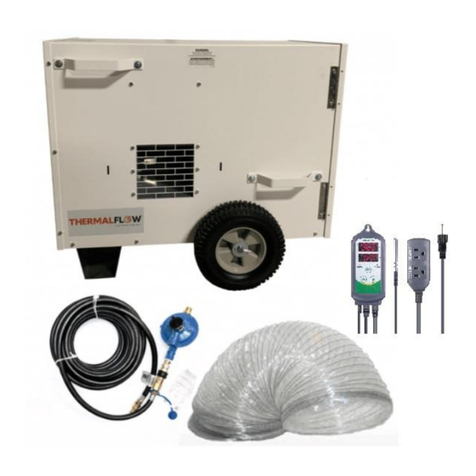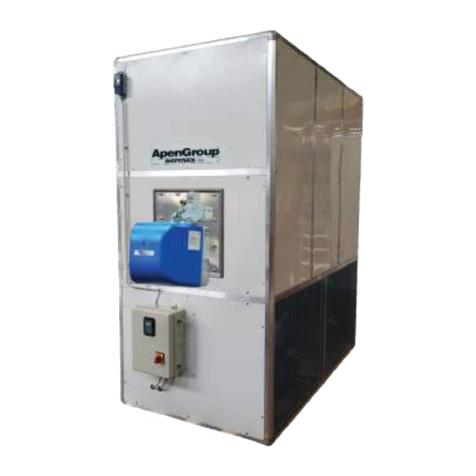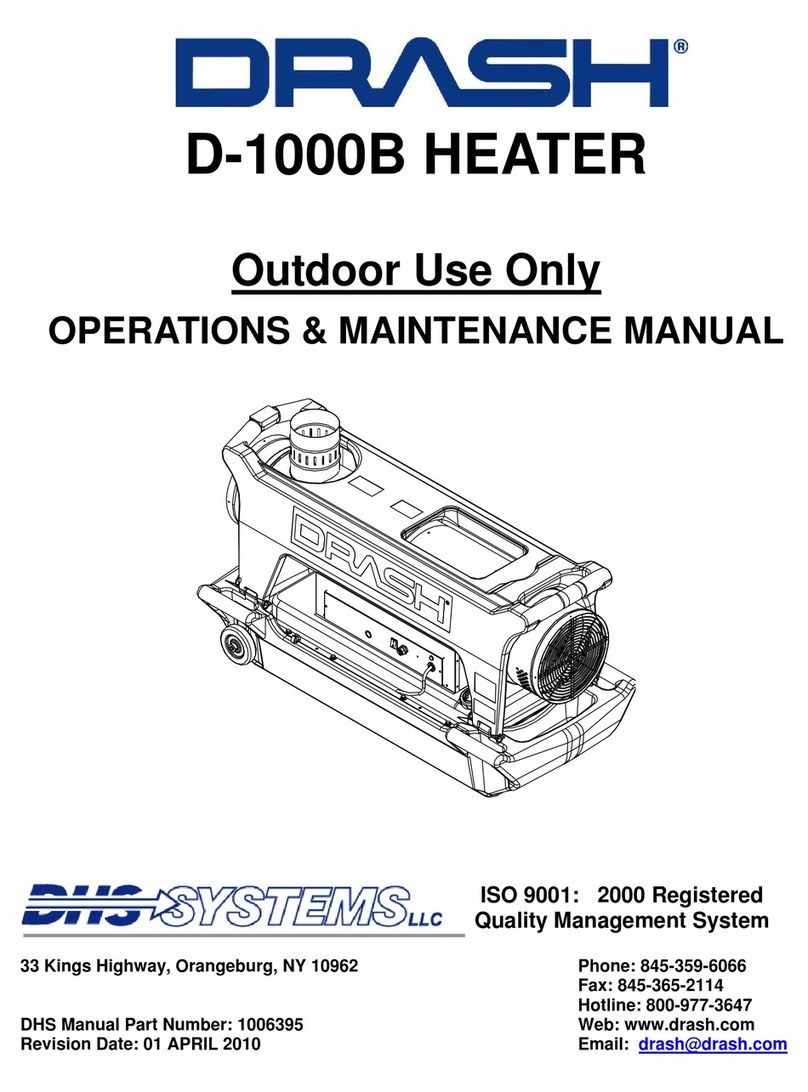
TABLE OF CONTENTS
1. GENERAL...................................................................................................................................................1-1
1.1 Scope.....................................................................................................................1-1
1.2 Receipt of the D-1000B Heater ..............................................................................1-1
1.3 Equipment Description...........................................................................................1-1
1.4 Major Components.................................................................................................1-3
1.4.1 Shell...........................................................................................................................................1-3
1.4.2 Fuel Tank...................................................................................................................................1-3
1.4.3 Combustion Chamber................................................................................................................1-3
1.4.4 Burner Head ..............................................................................................................................1-3
1.4.5 Electric Motor.............................................................................................................................1-3
1.4.6 Control System..........................................................................................................................1-3
1.4.7 Performance..............................................................................................................................1-4
1.4.8 Auxiliary Equipment...................................................................................................................1-4
1.5 Specifications.........................................................................................................1-4
2. SAFETY......................................................................................................................................................2-1
2.1 Scope.....................................................................................................................2-1
2.2 Qualified Personnel................................................................................................2-1
2.3 Signal Words and Labels .......................................................................................2-1
2.3.1 Danger.......................................................................................................................................2-1
2.3.2 Warning .....................................................................................................................................2-1
2.3.3 Caution ......................................................................................................................................2-1
2.3.4 Important....................................................................................................................................2-1
2.4 General Precautions...............................................................................................2-1
2.4.1 Heater........................................................................................................................................2-2
2.4.2 Safety Protections .....................................................................................................................2-2
3. STORAGE & TRANSPORT.......................................................................................................................3-1
3.1 Scope.....................................................................................................................3-1
3.1.1 Transport and Storage...............................................................................................................3-1
3.2 Storage...................................................................................................................3-1
3.2.1 Before storing ............................................................................................................................3-1
3.2.2 After storing ...............................................................................................................................3-1
3.3 Shipping .................................................................................................................3-1
4. OPERATIONS ............................................................................................................................................4-1
4.1 General ..................................................................................................................4-1
4.2 Control Panel..........................................................................................................4-1
4.3 Start Up Procedure for Normal Operations ............................................................4-1
4.4 Start Up Procedures for Cold Weather Operations ................................................4-2
4.5 Start Up Procedures for High Altitude Operations (4500’/1500m)..........................4-2
4.6 Shut Down Procedure............................................................................................4-2
4.7 Filling the Fuel Tank...............................................................................................4-3
5. MAINTENANCE, and REPAIR PROCEDURES........................................................................................5-1
5.1 General ..................................................................................................................5-1
5.2 Maintenance...........................................................................................................5-1
5.2.1 Periodic Maintenance................................................................................................................5-1
5.2.2 Daily Maintenance.....................................................................................................................5-1
5.2.3 50 Hour Maintenance................................................................................................................5-1
5.2.4 Annual Maintenance..................................................................................................................5-2
5.3 Servicing the Fuel Tank..........................................................................................5-2
5.4 Repairs Procedures................................................................................................5-2
5.4.1 General Access .........................................................................................................................5-2
5.4.2 Removal and Installation Electric Motor Assembly ...................................................................5-3

